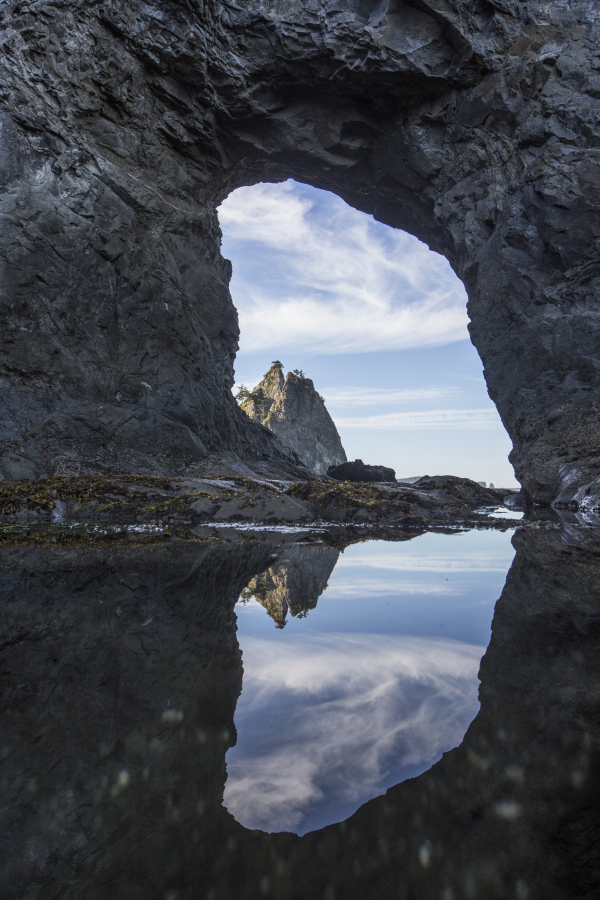Sometimes, You’ve Just got to pull up the stakes and go. For many of us, the tugging has already started.
In the Northwest, this urge for going is a markedly profound rite of late spring; the inner where-have-I-stowed-my-sun-hat buzz commences the minute fruit trees blossom, tourists stack themselves along tulip fields, and rivers start ripping with full-throated runoff roar. It intensifies to a loud drone — may we safely say even a nag? — once the kids are freed from school duties.
In normal times, whatever those were to you, the above-referenced longing was largely seen as a product of what we had most recently endured — namely, six months or more of what amounts to low-viz, trunk-rot weather, and a begrudging spring season that summons itself with all the swiftness of a 90-year-old through-hiker rising from a sofa after a day hacking away at those damn blackberry canes.
In current times, it’s a product of all that, plus — well, we all know.



